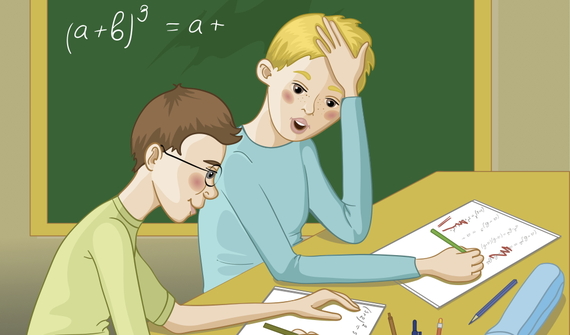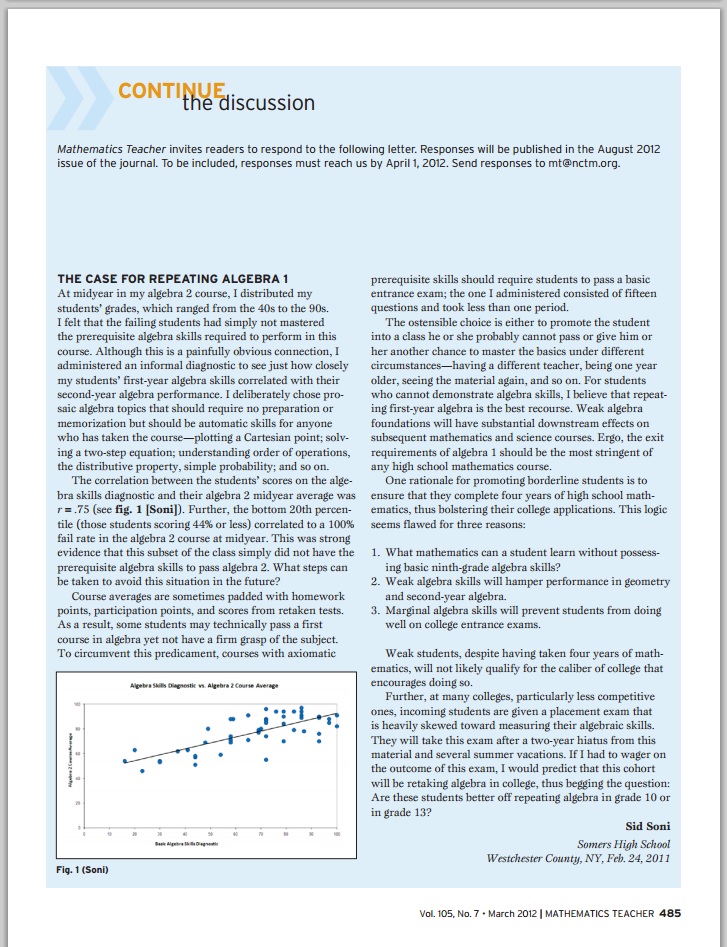Rod Carew, one of the few to make a serious run at .400 since Williams, has studied the .406 season and contends that Williams’s absences were a blessing.
“The fewer at-bats any hitter has over the required number of plate appearances, the better his chance is of hitting over .400,” Carew wrote in an e-mail responding to questions about 1941. “When I hit .388 in 1977, I had 694 plate appearances and 616 at-bats (239 hits). Ted had something like 450 at-bats in 1941 when he hit .406, and I think George Brett and Tony Gwynn had fewer then 450 at-bats when they made their runs at .400.
“All in all, the less at-bats, the better.”
He’s trying to articulate the Law of Large Numbers. Anyone hitting near .400 is deviating from the expected proportion of hits. If you flip a coin 10 times, you just might get 7 tails. If you flip if 1000 times, there’s no chance you’ll ever get 700 tails. Many people may bat .400 during a single game (a handful of at-bats), but almost no one does as the number of at-bats increases. Their average converges to the more realistic season average.







 Grouping Students by Ability
Grouping Students by Ability
 Young children—even toddlers—are spending more and more time with digital technology. What will it mean for their development?
Young children—even toddlers—are spending more and more time with digital technology. What will it mean for their development?
.jpg)
 Helicopter Parents May Breed Depression and Incompetence in Their Children
Helicopter Parents May Breed Depression and Incompetence in Their Children